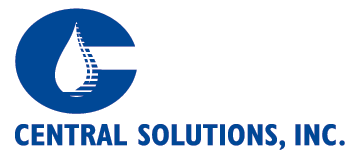
If you’ve ever worked in a medical facility chances are you’ve heard of enzymatic cleansers. They are used in the cleaning and reprocessing of surgical instruments and help remove difficult-to-see deposits from equipment before sterilization. It’s an important step in the cleaning process, and while there isn’t a standardized procedure for cleaning surgical instruments, professional organizations like the International Association of Healthcare Central Service Material Management emphasize the importance of using an enzymatic cleanser when reprocessing instruments. If any deposits are left behind on instruments, they can compromise sterilization and patient safety.
So, you need to use an enzymatic cleanser, but are all enzymatic cleansers the same? A well-formulated enzymatic cleanser will remove stubborn debris like blood, mucus, oils, and fats from both flexible and rigid pieces of equipment. But not all enzymes are created equal. In fact, unlike soap or other formulas used for cleaning, enzymes work more like a lock and key.

Protease enzymes are great at breaking down proteins found in blood, mucous, feces, and albumin but can’t break down starches found in those same substances. For starches you need an enzyme called Amylase. And neither Protease nor Amylase are effective against fats. For that you need Lipase. Many of the national brands on the market only offer single or dual enzymes in their products which means you may miss certain types of debris during this important step.
The remedy? Look for a multi-enzymatic cleanser instead like our CSI Multi-Enzymatic Cleanser. When formulating our enzymatic cleanser, we worked with our on-site lab to include multiple enzymes to increase the effectiveness. This process included laboratory testing to verify that our products really did remove enzymes better than our leading competitors which you can view here.
If you have additional questions or would like to order our multi-enzymatic cleanser please e-mail us at sales@centralsolutions.com.

